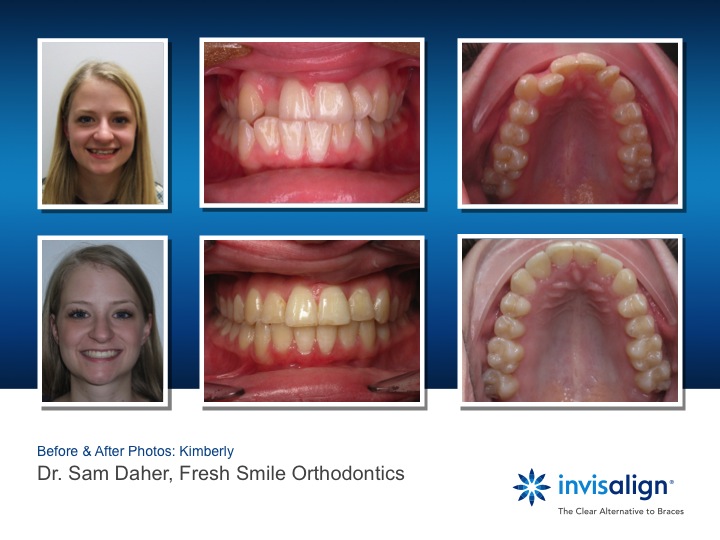Getting braces is a right of passage for many teens. While the end result produces beautiful, straight teeth, the experience of metal tracks protruding from your lips can be fairly painful.
I vividly remember the day my braces were applied; it was one of the best days of high school. By age twelve my teeth were a hot mess. I’ll spare you the details but let’s just say it caused a great deal of embarrassment and it took away my smile – literally. There was a period of almost three years where I refused to smile in any photo. Some teens get bad skin, I got crooked teeth. It affected my confidence tremendously and my pursuit to straight teeth was unyielding.
While I was ecstatic for the first day of braces, I was completely unprepared for the pain that would soon follow. To make matters worse, the following day we left on a summer road trip to Washington, DC which meant packing the car with as much soft food as possible.
The first week was torture. My solution for road trip friendly food was canned Chef Boyardee ravioli. Not such a smart choice – the acid from the tomato sauce agitated my lips so much they cracked. So in additon to the pain occurring inside my mouth and inability to eat solid foods, there was excruciating pain coming from my lips.
Today teens and adults have an alternative to metal braces that is less painful and virtually invisible. Thanks to Invisalign, a series of nearly invisible, removable “aligners”, braces are finally “cool” and straightening teeth can be accomplished without using the typical method of metal brackets.
Invisalign’s treatment capabilities are not limited to mild cosmetic cases. Due to many advances in its technology, Invisalign can effectively correct a broad range of more complex cases such as: overly crowded teeth, widely spaced teeth, open bite, crossbite, overbite and underbite.

How does Invisalign work? Invisalign uses a series of clear removable aligners, made of lightweight BPA-Free plastic that sit smoothly on the teeth allowing for a more comfortable fit and in most cases, they work as effectively as traditional metal braces. The system usually requires fewer office visits, shorter appointments and no “emergency” visits for broken wires or brackets. Metal wires and brackets can cause irritation or even accident-related injuries, especially for teens involved in sports.
What’s the cost? While every patient’s needs are different and there are many factors that determine the cost of Invisalign treatment, on average it can run $3,500 to $8,000, with the national average at about $5,000. This is comparable to traditional braces, is covered by most dental insurance plans, and affordable financing options are often available.
Benefits of Invisalign? Having had metal braces, the biggest benefits are being able to remove the aligners while eating, brushing and flossing and no pain.

Invisalign isn’t just for teens and has garnered popularity by adults who want to improve their smile. Khole Kardashian got braces at age 28 recently, getting a customized set of Invisalign to straighten her slightly crooked smile.
For more information and to find a Doctor near you visit http://www.invisalign.com.
Would you prefer Invisalign over traditional braces?
This is a sponsored post.
